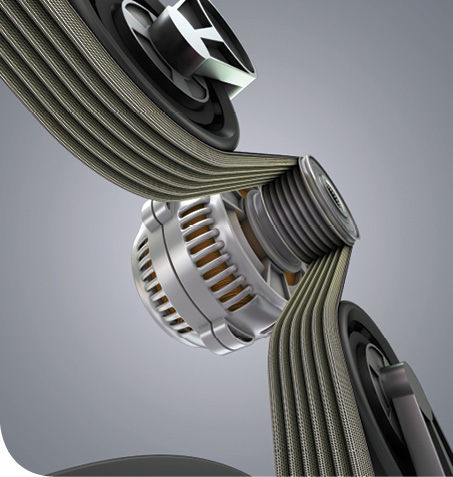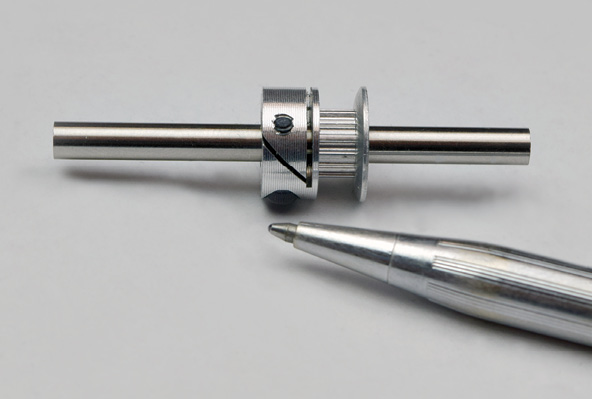Miles Budimir
Senior Editor
A tried and true power transmission technique is the traditional belt and pulley system. They’re used in many applications, from automotive uses to agricultural equipment, to factory floor applications for driving all kinds of machinery. And while the basic physics hasn’t changed much, innovations in materials and design have allowed belts and pulleys to remain a viable power transmission option right into the present.
Applications often drive innovations in belt and pulley technology. For instance, the trend toward more efficient and powerful belt drives, mostly in the form of heavy-duty timing belts, is a result of the demands from agricultural, wood processing, printing and packaging machinery.

Or take a traditional automotive application. One example comes from ContiTech with its Unipower Tough Grip multiple V-ribbed belt. The automotive drive belt minimizes noise buildup when accessories like the air-conditioning system, power-steering pump or generators are in operation. The belt’s special feature is that the pulley side consists of a fabric reinforcement, making it more resistant to wear. The high wear resistance of the drive belt is required for starter-generator applications, for instance.
As for the pulley side of the Unipower Tough Grip, it’s covered with a special fabric impregnated to enhance anti-slipping and anti-wearing properties. The warp-knitted fabric on the sectioned side is wear-resistant, capable of absorbing high dynamic stress loads and stretchable longitudinally and traversely. It ensures optimum grip under extreme conditions.
As a bonus, ContiTech has developed a new manufacturing process for the Unipower Tough Grip, in which the textile coating is ironed onto the belt. In the past, the flock was applied with solvents on the belt, which can now be eliminated. The new process also helps to protect the environment because it saves resources and achieves a better CO2 balance.
Many belt manufacturers also offer custom designs for specific applications. For example, most belts can be modified with coatings to attain a specific coefficient of friction, abrasion resistance or thickness.

Other applications have different requirements. For instance, the medical device industry. James Mueser, applications engineer for SDP/SI (Stock Drive Products/Sterling Instrument) noted that “the medical industry is one that requires constant innovation and one of the primary driving factors for these changes is miniaturization.” Mueser adds that “SDP/SI has successfully developed a more compact Fairloc pulley for one of its customers in the medical industry. This endeavor required not only cutting edge manufacturing technology, but a wealth of engineering expertise.”


Leave a Reply
You must be logged in to post a comment.